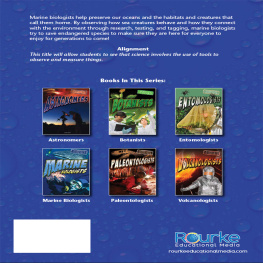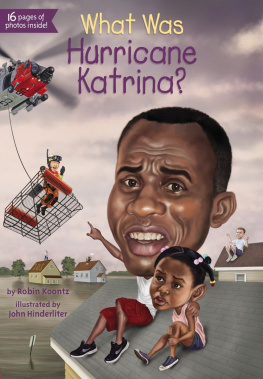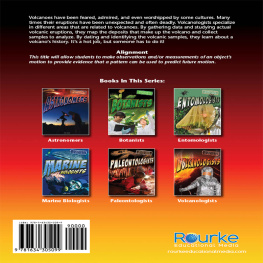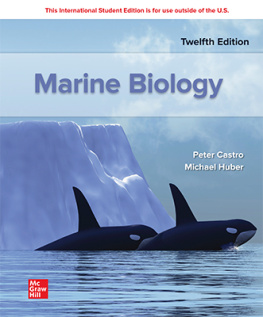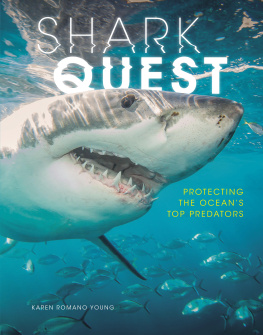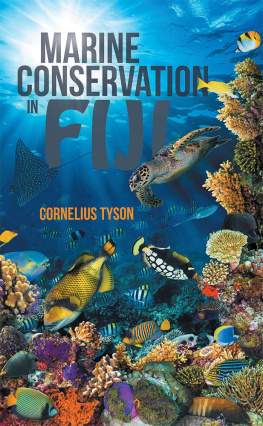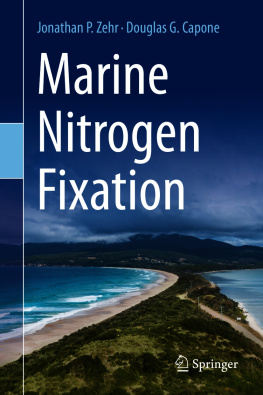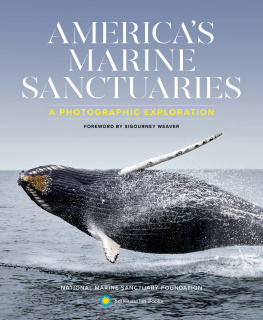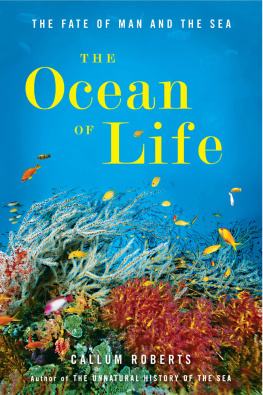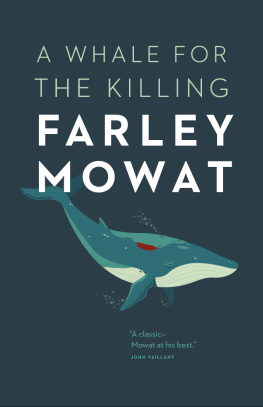Table of Contents
Guide

Before & After
Reading Activities | Level: U Word Count: 2,863 words 100th word: kilogram |
Before Reading:
Building Academic Vocabulary and Background Knowledge
Before reading a book, it is important to tap into what your child or students already know about the topic. This will help them develop their vocabulary, increase their reading comprehension, and make connections across the curriculum.
Look at the cover of the book. What will this book be about?
What do you already know about the topic?
Lets study the Table of Contents. What will you learn about in the books chapters?
What would you like to learn about this topic? Do you think you might learn about it from this book? Why or why not?
Use a reading journal to write about your knowledge of this topic. Record what you already know about the topic and what you hope to learn about the topic.
Read the book.
In your reading journal, record what you learned about the topic and your response to the book.
After reading the book complete the activities below.
Content Area Vocabulary
Read the list. What do these words mean?
acoustic
atmosphere
bioactive
conservation
ecosystems
estuaries
hydroelectric
oceanography
organisms
spawn
tributaries
watershed
After Reading:
Comprehension and Extension Activity
After reading the book, work on the following questions with your child or students in order to check their level of reading comprehension and content mastery.
Where do marine biologists work? (Summarize)
Why is it important to teach people about conservation? (Infer)
Explain the keystone species idea. (Summarize)
How does tourism affect marine life? (Asking questions)
How has the work of the biologists featured in the book contributed to the field of marine biology? (Summarize)
Extension Activity
Oil-based products, like plastic bags, have a direct effect on marine wildlife. Do you know what products you and your family use that are oil-based? Create a list of oil-based products that you use. How can you reduce the amount of oil-based products you use each day?
A HELPING HAND
Imagine strolling along a moonlit beach, the sky filled with stars. Suddenly you see a dinosaur lumbering out of the sea. With extraordinary concentration, she uses her flippers to dig a massive nest in the sand.
This is how marine biologist Jose Urteaga describes a leatherback turtle arriving to lay eggs on the shore. Jose works in Nicaragua, Central America. The area is home to five of the worlds seven sea turtle species. Nearly all of the turtle species are threatened. The leatherback turtle is critically endangered.


Leatherback Sea Turtle
Jose and his team watch the 1,000-pound, 6.5-foot-long (450-kilogram, 2-meter-long) turtle as she slowly scrapes in the sand. They know that when she is satisfied with the nest she is digging, she will lay her eggs. The team is ready. When the eggs start to come, they catch the eggs with a plastic bag. The eggs will be taken to an area that is safe from poachers. Sometimes they are taken to a special hatchery set up for the turtles.

Female leatherback turtles lay a clutch of 80 to 85 fertile eggs. They might nest several times in one spring-summer season. The hatchlings emerge during the night, 55 to 75 days later.
Joses sea turtle program on the Pacific coast is a combination of everything from science lessons to puppet shows. Jose attempts to discourage people from poaching precious turtle eggs. He also patrols all the nesting beaches to protect the endangered creatures.
Thanks to Joses work, more than 90 percent of leatherback turtle nests on the Pacific coast are protected. Before the project started, nearly every egg laid was taken to sell for food.
FIELD NOTES
An animal is considered critically endangered when it is facing an extremely high risk of extinction in the wild in the immediate future. Marine biologists are often involved in research and conservation of threatened and endangered marine animals and plants.
All sea turtles found in US waters are listed under the Endangered Species Act (ESA). Source: NOAA

green turtle

hawksbill turtle
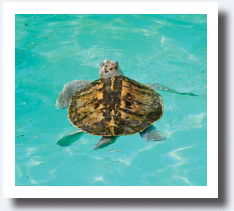
Kemp's ridley turtle

leatherback turtle
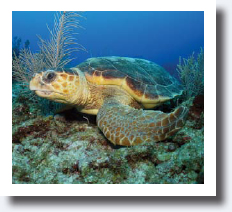
loggerhead turtle
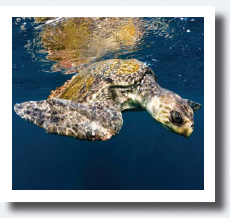
olive ridley turtle

Goldring-Gund Marine Biology Station in Las Baulas National Park in Costa Rica is also in Central America. It is run by The Leatherback Trust (TLT), an organization devoted to saving sea turtles, especially leatherbacks. As many as 24 researchers at the station work together to study and help nesting turtles. They also host students from middle and secondary schools in field-based learning programs.
Research teams measure the sizes of turtles as they return from the sea to lay eggs. Many of the turtles have satellite tags that track their movements.
How does satellite turtle tracking work?

The tags were implanted when the turtles were first hatched or found on the beach. The tag data tells scientists how far the turtles travel in search of their favorite food, jellyfish. The scientists can even find out how fast the turtles swim and how deep they dive! The tags also tell about environmental hazards that might hurt the turtles.


